UPDATED: Letus Hawk VF – Review & comparison to the Z-Finder
Jump to other DSLR viewfinder reviews:
– Epic DSLR Viewfinder Review & comparison (5 viewfinder solutions)!
– DigiFinder.pro Review
– Varavon Pro Finder DSLR Viewfinder Review
Like many others, I’ve been waiting for this shipment for quite a while, so I was very happy when it finally arrived at my doorstep: the Letus Hawk VF.
You might have read my EPIC DSLR VIEWFINDER blog post or the separate review of the DigiFinder Pro. I think these posts already make up the most comprehensive guide on DSLR viewfinders on the web, and any addition only adds to it. My aim is to review all DSLR viewfinders on the market as a viewfinder is the single most important piece of equipment for DSLR cinematographers.
Who is Letus?
So who is Letus and why was everybody waiting for their viewfinder?
If you are a newcomer to filmmaking and started out with DSLRs, it could well be that you haven’t heard about Letus until recently. However, they have been well-known especially for their 35mm adaptors for larger camcorders. 35mm adaptors give you the depth of field of 35mm film on camcorders, most of which typically have much smaller sensor sizes, making shallow depth of field very difficult to achieve using the camcorder alone. Of course with the rise of DSLR filmmaking, the significance of 35mm faded – despite their many drawbacks, it is much easier and affordable to achieve shallow depth of field using DSLRs (and they are much more light sensitive than most camcorders).
Before Philip Bloom became the guru for DSLR filmmaking, he was the guru for 35mm adaptors. Of course these adaptors were much less popular than DSLRs as they were a significant investment if you count in the camcorder and lenses as well. I’ve worked with a Letus Extreme adaptor and many others more than once and can savely say that Letus brought a new level of quality that wasn’t known before in this field. The problem with other 35mm adaptors was that many of them tended to use not-so-good optics and some showed the structure of the rotating ground glass inside them in certain shooting situations. (This can be compared to the annoying aliasing issue that we currently have to deal with in Canon DSLRs. To understand the working principle of 35mm adaptors, check this out.)
Letus’ quality came at a price, but it was definitely worth it. They probably resisted building DSLR accessories for such a long time due to concerns regarding the video quality of DSLRs.
I was happy to hear that they finally changed their mind a while back, certainly also feeling the declines in the use of 35mm adaptors. Letus now produces a whole range of DSLR accessories, such as support stuff, cages and … a viewfinder, the Hawk VF.
The Hawk VF was long-awaited due to Letus’ reputation for delivering only great quality. If you look at high-quality production DSLR viewfinders, the Zacuto Z-Finder is definitely the ruler of the market. It offers lifetime warranty unmatched by any other producer. Letus have priced the Hawk VF very competitively to the Z-Finder. Will Letus with its Hawk VF challenge Zacuto’s dominance? Let’s see.
First off, I was excited to finally receive the Hawk VF, loving its production design from since the first time I saw a 3D rendering of it. It has a very ‘organic’ look to it and somehow reminds me of a shark or some other predator from the sea. It has a screw thread on one side, probably to attach some kind of lanyard (though none was provided). The Hawk is made of hand-laid and hand-polished carbon fiber, an extremely light, but very strong and durable material. It’s commonly used on professional tripod legs (like my Sachtler Speed Lock 75 CF) due to its advantages. To keep a long story short, the Hawk VF really is a thing of beauty and clearly a high-quality product and every aspect of its design.
Alternatively, Letus is now also offering an aluminum version of the Hawk VF – it’s great to see that they have not used any plastic, making the viewfinder probably as durable as a magnesium-body DSLR.
By the way, the shroud on the Hawk is interchangeable. Letus will produce differently shaped custom shrouds for different applications: If Canon will some day come out with a 3.5” screen on a new DSLR, you could just purchase a new shroud from Letus and put the optics module inside it – done! (Letus has always had their focus on modularity with 35mm adaptors, so it’s great to see them do it again in the DSLR field.)
Despite the lightness of the carbon fiber, I was surprised at the weight of the entire unit. It’s quite clearly due to the advanced optics inside the viewfinder that makes this thing heavier than expected, but I don’t think that this is a drawback.
To my knowledge, other DSLR viewfinder manufacturers don’t produce the optics themselves and therefore need to buy their diopters from elsewhere. Letus is first and foremost known for the pristine optical quality of their 35mm adaptors, so I expected nothing less of their viewfinder – and I have to say, I’m quite impressed. Letus uses 3 lenses in 2 groups to achieve a totally flat image projection. The usual single lenses used in other viewfinders slightly warp the image around the edges. It’s really bad in some (e.g. Hoodman HoodLoupe) and much less obvious in others (Z-Finder), but it’s always there when a single lens is used. I admit that I wasn’t even totally aware of the phenomenon before I used the Hawk (because Zacuto uses a very good diopter in its Z-Finder), but if you compare the Hawk to the Z-Finder directly and try to look at different positions of the projected image, you can clearly see the difference. You can see the exact same structure of the LCD screen of the DSLR everywhere you look, even at the edges – this is something that obviously can’t be achieved using a single lens.
I really like the 2.75x magnification factor of the Hawk VF. To me it seems this is the perfect magnification as you can see the entire image at once without looking around (like when using a 3” viewfinder). Personally, I find this very important to frame a shot, but I guess it’s also just a matter of adjustment as many people like the 3” viewfinders more.
The Hawk VF has a dioptric adjustment from +1.5 to -2.5, which can be achieved by turning the eyepiece. This might need a little getting used to as you will then have to readjust your rubber eyepiece, otherwise it might be turned in a wrong way to see through. It isn’t a big deal however, as most people adjust the diopter to their eyesight once and then leave it.
The eyepiece itself beautifully fits together with the carbon fiber body of the Hawk. While it is a better eyepiece than many of its competitors offer, I have to admit that I like the Z-Finder’s eyepiece more – it is significantly larger (some say over-dimensioned), but much closer to professional eyepieces like on professional camcorders that I’m used to. The Z-Finder’s eyepiece completely blocks out the surrounding, enabling you to focus only on the projected image. While its size covers much around your eye and might make you sweat in certain environments, I still find it the most professional solution. The Hawk’s eyepiece is smaller and a bit less comfortable, but still very good indeed (better than most of the others). The only difference is that for me at least it’s easier to block out everything around me with something as large as Zacuto’s eyepiece.
Letus also challenges Zacuto not only by price, but many comparable features: both offer anti-fog coating, though neither is perfect. I recently used both on quite hot days for extended periods of hand-held shooting, and if you press your face against the viewfinders too hard they will still fog up a little – though I have to say that it clears away in an instant when you relax the pressure, so it’s really not a big issue and still a big step up from other viewfinders that will fog up much more frequently.
I received the Hawk VF with its standard mounting solution that is geared toward purely video shooters who prefer a hard mount solution. It consists of a camera plate (a standard feature of the Hawk) that is threaded on the bottom to attach a standard tripod plate. The mounting solution is solid and clearly for people who want their Hawk permanently attached to their cameras most of the time – it’s quite time-consuming to release the little hand-tightened screws to release the viewfinder. They already have their Talon line of rods and plates available which offers another way of mounting the Hawk.
Letus are about to release a quick release option that will require no camera modifications. I don’t know the details yet, but I sure hope to get a test unit. With their latest Z-Finder, Zacuto have also stepped away from the ‘sticky frame’ mounting option that they made popular with the former versions of their viewfinder. As I said before though, I still prefer this option as it’s a relatively simple and cheap way to be able to mount one viewfinder unit on several of your cameras.
I surely prefer quick release options in general simply because of the fact that I want to be able to look at the screen without a loupe at any given point during shooting (it’s also helpful if you want to show shots to somebody when you don’t have a monitor around). I’m very much looking forward to their quick release design and am eager to know what they come up with. The quick release option will be available as an extra option, though I really hope that they make it standard on future version of the Hawk VF as I think this is the biggest downside of the system so far, because the Hawk VF is an otherwise really solid and well thought-through product.
Zacuto famously offers a lifetime warranty policy that covers even accidental damage of their products. I’ve been in contact with Letus and I’m happy to announce that they will also offer lifetime warranty on the Hawk’s components, and one year on their very advanced lens elements.
If you would ask me to decide between the Hawk VF and the Z-Finder, I would have quite a hard time indeed. Both are the most professional DSLR viewfinder options on the market right now. They offer similar features, but each of them has their own advantages and disadvantages. Especially when Letus comes up with a quick release option for the Hawk VF (and hopefully makes it standard on all units), they will be on par with the Z-Finder on many levels. On the other hand, the Hawk VF clearly offers the most pleasing and homogenous picture due to its advanced array of optics. In the end, many people will decide between on of each based on their preference regarding the product design. While the Hawk VF is the more elegant, shark-shaped solution, the Z-Finder is clearly more bad-ass – so I think they will appeal to different groups anyway 🙂
Click here to purchase the Hawk VF for $385
(introductory price instead of $450)
Click here to purchase the Z-Finder for $395
Disclaimer: I am affiliate of both Zacuto and Letus, simply due to the fact that I think both companies offer exceptional product quality. I feel by supporting two competitors, this will offer more credibility to my reviews. Of course any purchase made through clicks on my site is much appreciated as putting together these reviews is a lot of work, as you can imagine!
UPDATE – September 8th, 2010: Quick release free upgrade for all buyers from letusdirect.com!
Just got a reply from Letus regarding my question about T2i/550D compatibility and if quick release will be a free upgrade or not. I used it with it and found there was a small gap between the monitor and the Hawk, but it otherwise worked well:
The Hawk kind of works on the T2i as is. As you stated, there may be a small gap in the default setup. We are working on a custom solution for that camera which will probably include a new 3:2 shroud. The current shroud crops the edges ever so slightly so we are testing some different setups specific to the 3:2 aspect cameras.
So if people are anxious, they can use the Hawk on the T2i now with acceptable but not perfect compatibility. An new version / upgrade will be ready within a few weeks. Quick release should be ready late next week and will be a free upgrade for anyone who purchased from LetusDirect.com
And here it is, the quick release option for the Hawk VF – I have used it for a while now and I love it!
I think the Quick Release system on the Hawk VF is one of the smartest baseplate systems I have as of yet. It doesn’t make the whole package giant and bulky like with some other solutions, it’s a really elegant solution like the entire Hawk VF itself and makes it even better. I have used the aluminium Hawk VF with the new quick release system on my T2i/550D on productions during the past several weeks and it has become my weapon of choice for most shoots.
Letus really ups the bar with the Hawk VF and its new Quick Release, which is now standard on all Hawk VFs. It now not only has the best quality optics of all viewfinders, but also the best Quick Release system in my opinion.
And it’s also great to see that they are getting more confident with their own product: They recently started a new promo that allows you to try out the Hawk VF for up to 10 days, after which you can still get a free refund if you’re not happy. So if you’re not sure yet about what viewfinder to purchase, I’d say give it a shot. I think you won’t send it back.
Click here to be taken to the Letus site for all their details.
Any purchases through my all the links on my site are greatly appreciated – I will make a tiny commission on it, but it will help with hosting costs now that I have to have my own server running to keep up with the interest!! 🙂
I will add some behind-the-scenes production stills with the Letus Hawk VF plus Quick Release after another shoot with it.
Oh, and they came up with an even more brilliant solution as an alternative, this hasn’t been done before 😉
Jump to other DSLR viewfinder reviews:
– Epic DSLR Viewfinder Review & comparison (5 viewfinder solutions)!
– DigiFinder.pro Review
– Varavon Pro Finder DSLR Viewfinder Review
-
I’ve raved about the Hawk (as you know). I agree about the eye-cup – I think the Z Finder has a slight edge there – but in all other departments the Hawk beats it. At the end of the day – the image is what counts – that’s what you rely on.
Add in the fact it has a greater range of diopter adjustment built-in and a thread on the side to allow you to attach it to an arm or any other accessory you can think of, and it really is a great bit of kit. Just shot with mine round South Africa and Columbia and it performed perfectly.
-
So whats the deal with the Hawk and the T2i? The letus website says it isn’t compatible..but you didn’t mention anything about that in your review so I’m sure it works fine? I mean I saw the pics with it on, so it must fit it fine then yea?
-
Excellent write-up as always, Nino, well done! How do you think it’ll work on the articulating screen of the 60D? You’d really a quick-release methinks..
-
Very nice review (your blog really is A+), Im about to pull the trigger on a letus.
I’m wondering, will you by any chance be reviewing the cinevate cyclops? -
Nino, great write up! Bit curious about your contact with Letus. I’ve emailed them about the quick release upgrade (about a week ago). I need a viewfinder for work and after your review decided on the Hawk. BUT wanted to hear it from Letus that they will indeed send me an upgrade if I bought the regular Hawk now. I’ve asked twice with no response from them 🙁 bit concerned about that customer service.
-
Follow up for anyone reading this post. Nino forwarded my email to Letus and they were in contact with me within hours. Great response time and very friendly.
-
-
the $700 tape solution is so funny
LMFAO for real….. -
Nino – Thanks for a great review and blog overall. Been trying to decide between Redrock Running Man/Letus Hawk combo and the Zacuto Striker/Z-Finder Pro combo (with the sale Zacuto has right now they are roughly the same price). I like the Hawk better, but think I would like the Striker better, and have been far more impressed with Zacuto’s customer service. I am thinking the VF is the more important piece of equipment which makes me lean toward the Hawk/Redrock Combo. Would you say the Hawk is far enough ahead of the Z-Finder to warrant going with the cheaper Redrock gear/missing out on the stellar Zacuto support? (I know that’s a judgment call, just curious of your opinion since you’ve used the Hawk, Z-Finder, and Striker).
-
Hi Nino, Great review. Found it very helpful. Ended up with a Hawk vf. I am using it on a T2i and do have the same issue with the light gap at the lcd. Though they do have a different hood now – though wanted something to use on both the T2i and 5D.
One additional issue you might want to point out that might effect some people – if you are using the Hawk on a Satchler head, the bracket between the camera and female connector hangs down preventing the camera from being mounted on the head without some sort of modification.
Not sure if anyone else has had this issue – or if ther is a simple solution. ???
-
I know its not a perfect solution but adding a different quick release adapter helps. I did not like having an HDV plate on my camera, so I have put all RC2 plates and adapters on my tripods and cameras. That way when I take the camera off that tripod, or crane, I can still handle it without the plate being in the way. Also by using an RC2 plate on the bottom on the camera, it isn’t in the way of the Hawk. Here’s the link to what I’ve used. Plus I already have RC2 heads on a couple pan/tilt photo heads and small ball heads.
http://www.bhphotovideo.com/c/product/554141-REG/Manfrotto_323_323_RC2_System_Quick.html
-
That would certainly give plenty of clearance. I finally got through to Letus and they have what they call, a “zero riser” that basically is flat from tongue to attachment – with nothing hanging down. Unfortunately, I just tried to order one and they are backordered for approximately 5 weeks! Anyone need a Hawk for a 5D – I’ll give you a heck of a deal!!!!
-
Thanks for the suggestion on the Manfrotto QR. Turns out, I had one sitting around – flipped the Hawk QR bracket back so it would line up better and… problem solved! I will still try to pick up the zero riser at some point just to keep weight down. In any case, thanks Chphotovideo.
-
-
-
The holes on the VF body strip out after a couple of tightenings – that can be from moving the VF to a different body to just normal loosening over time. Here is the fix
-
Hi Nino – thanks for the excellent review. Are you aware of any loupe of this kind of quality that will fit Panasonic’s GH2? Many thanks.


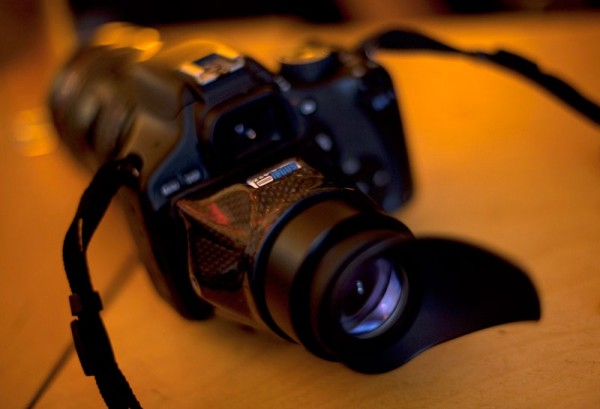

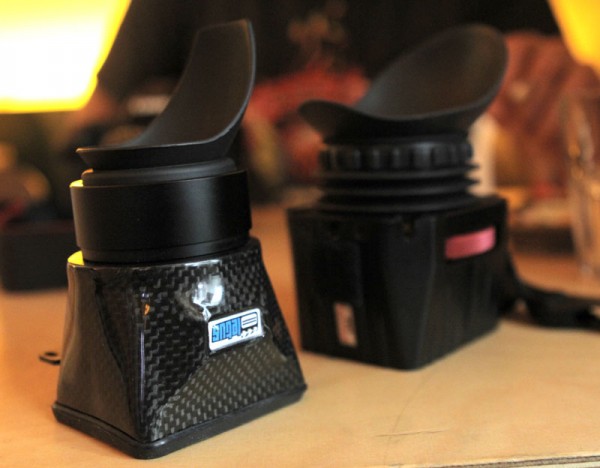

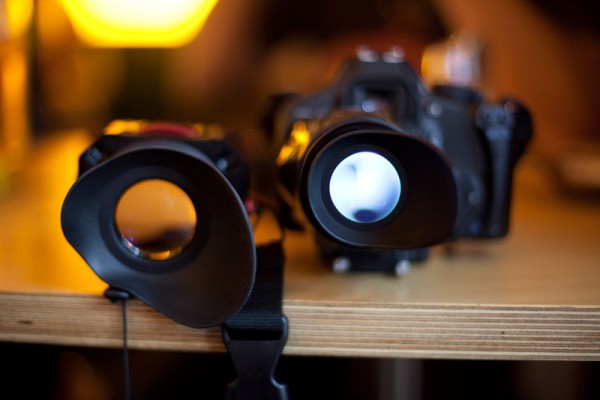
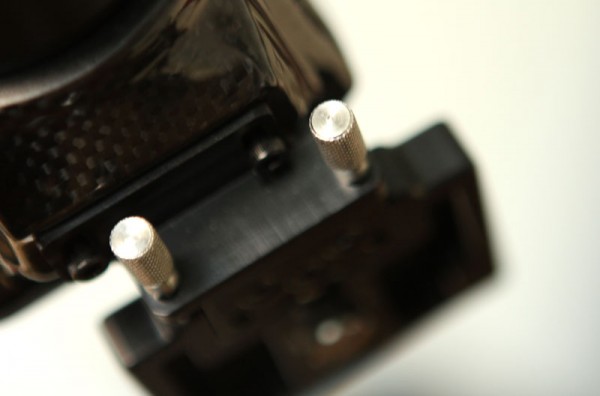
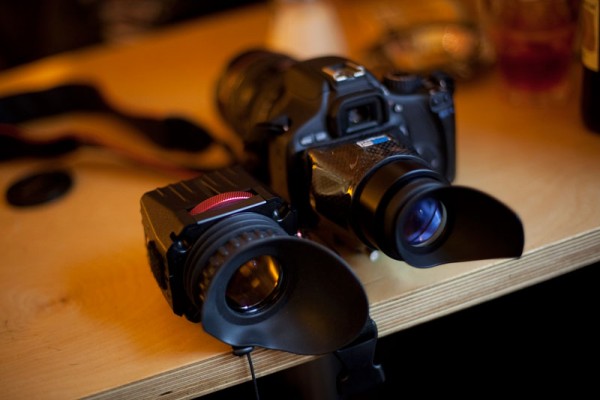
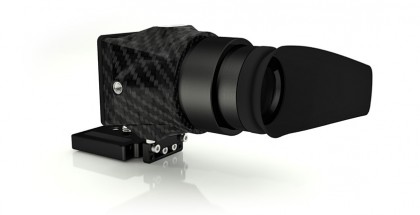
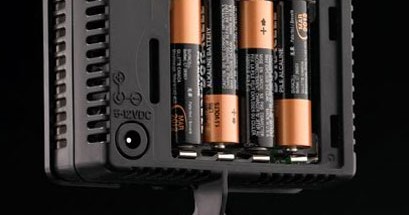
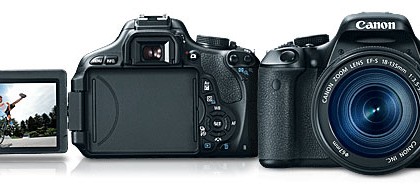
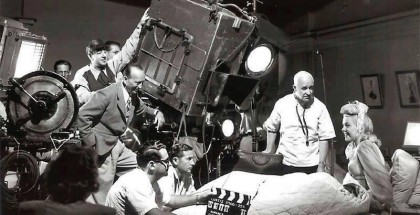
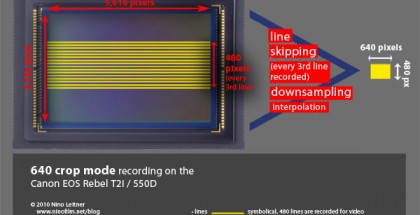

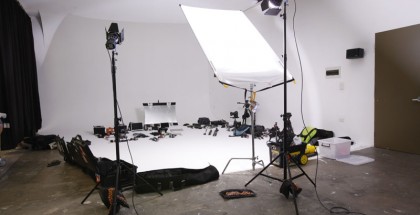













Comments